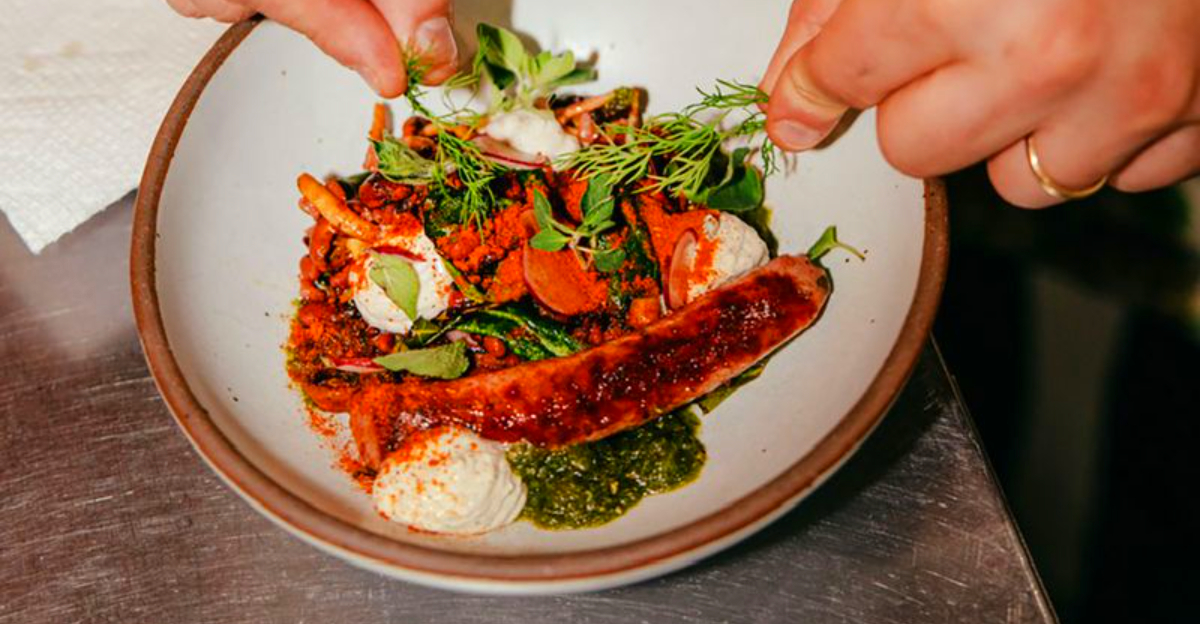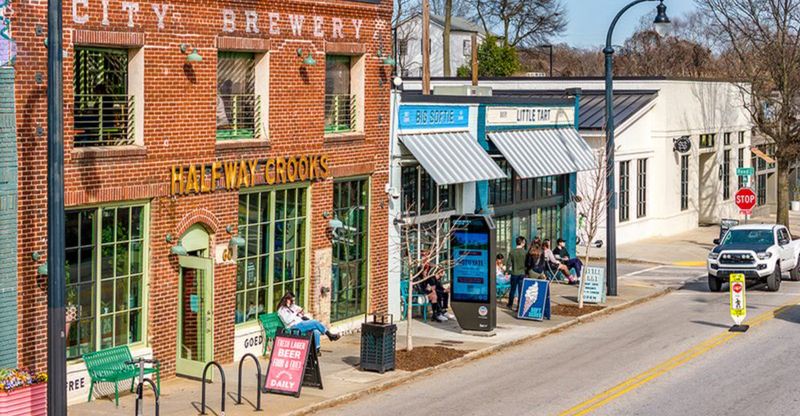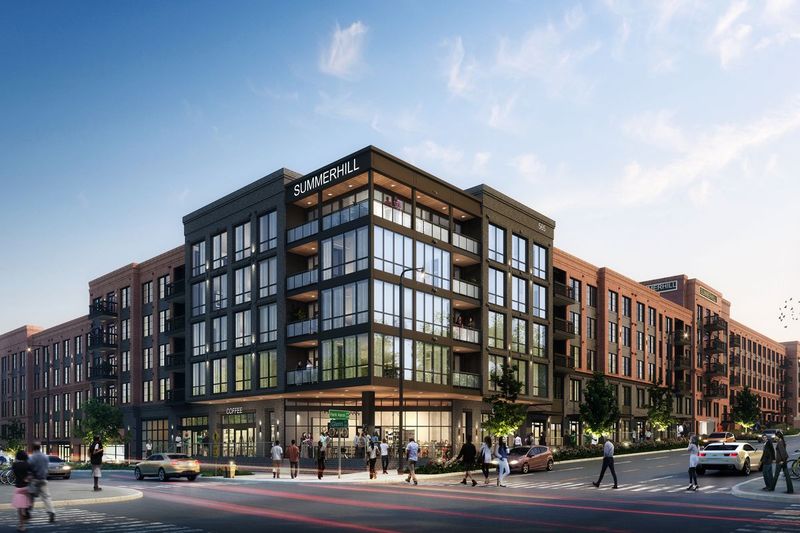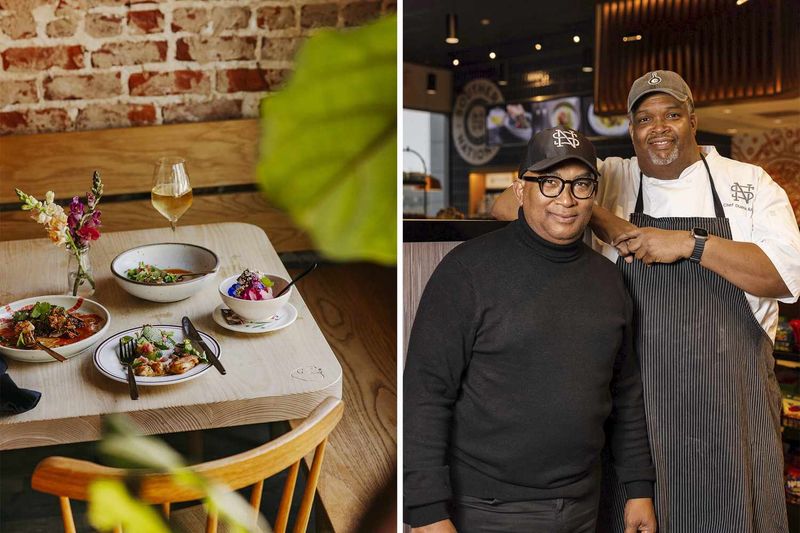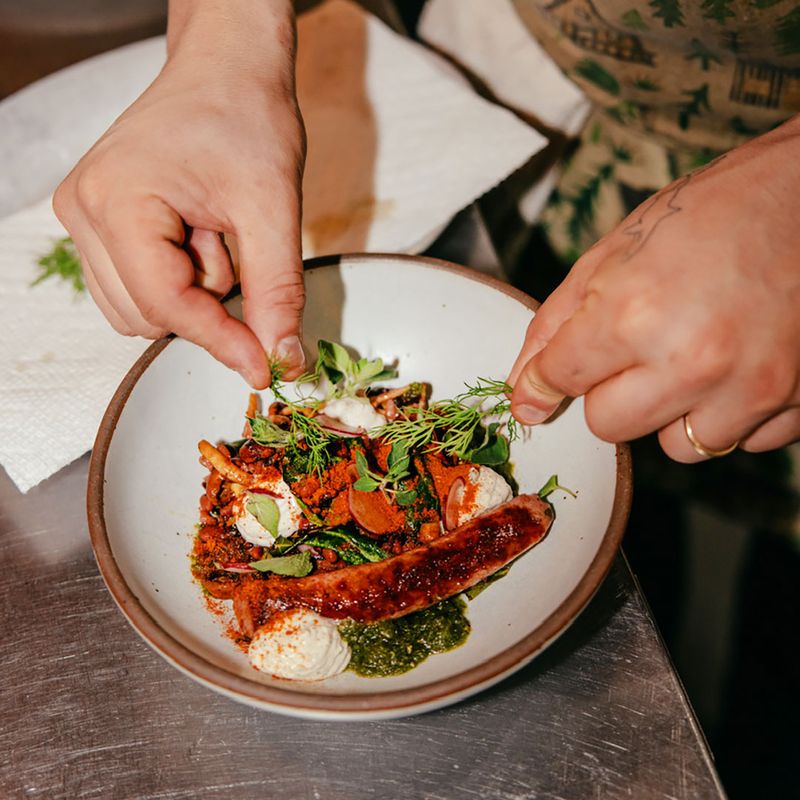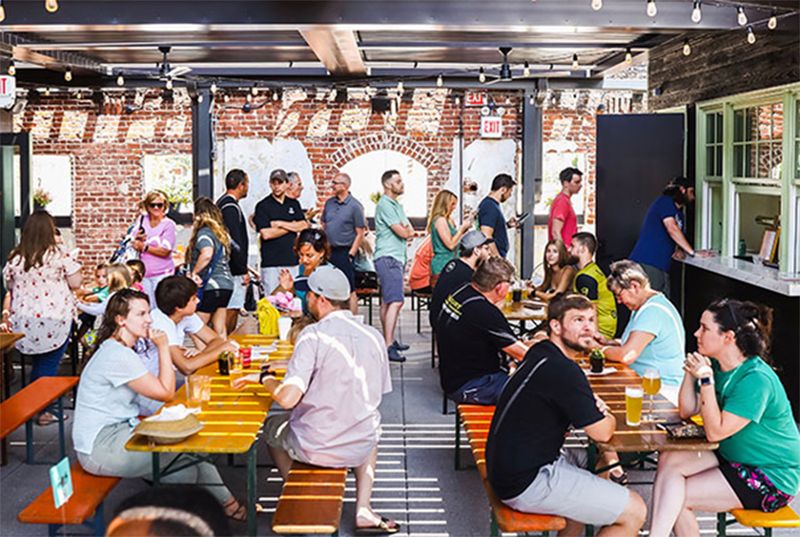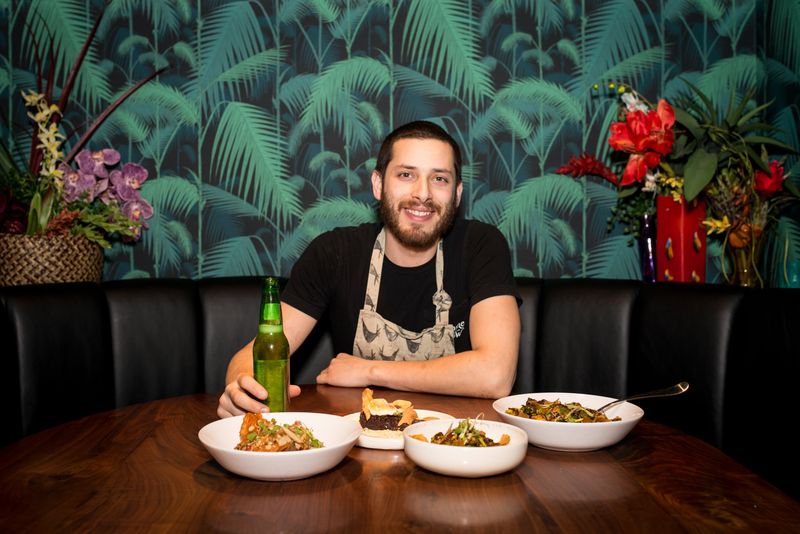Summerhill was once a quiet corner of Atlanta that many locals drove past without a second thought. Founded in 1865, this historic neighborhood fell into decline for decades, with few restaurants or attractions to draw visitors. But something remarkable happened starting in 2017- investment, creativity, and community spirit transformed Summerhill into one of the city’s most exciting culinary destinations. Today, this revitalized neighborhood buzzes with award-winning eateries, vibrant murals, and a welcoming atmosphere that makes food lovers feel right at home.
1. A Storied Past, Then Long Decline
Founded right after the Civil War in 1865, Summerhill started as a haven for freed Black people and Jewish immigrants seeking new beginnings. The neighborhood thrived for years as a tight-knit community with its own identity and culture.
But the mid-20th century brought harsh changes. Construction of the Downtown Connector highway and other infrastructure projects carved through neighborhoods, disrupting communities and pushing people away. Social and economic shifts made things worse.
By the late 1900s, Summerhill had become what many called a forgotten part of Atlanta. Few destination restaurants existed, and the area rarely appeared on city maps for visitors or even longtime residents exploring their own city.
2. The Turnaround Began in 2017
Everything shifted when the Braves left Turner Field and Georgia State University took over the site. This major change created a ripple effect throughout Summerhill, bringing students, energy, and attention to the neighborhood.
Developer Carter stepped in with a bold vision, purchasing large sections of land around Georgia Avenue. Their goal was clear: spark redevelopment and bring new life to forgotten streets.
Improved streetscapes appeared almost overnight. Better sidewalks, lighting, and infrastructure made the area feel safer and more inviting. Zoning changes opened doors for restaurants and small businesses to move in, and entrepreneurs started noticing the neighborhood’s potential for the first time in generations.
3. Georgia Avenue Becomes the Culinary Spine
Georgia Avenue now serves as Summerhill’s restaurant row, where most of the culinary action happens. Restored brick storefronts line both sides of the street, giving the area a charming, historic feel that blends perfectly with modern energy.
Walking down the avenue feels different from other Atlanta dining districts. The scale is human-sized—you can stroll from restaurant to restaurant without feeling overwhelmed or lost in concrete.
Colorful murals splash across building walls, and creative signage helps each spot stand out with personality. Street-level charm makes dining here feel local and authentic rather than corporate or manufactured. The walkable atmosphere encourages exploring, discovering new spots, and returning to old favorites.
4. Signature Restaurants That Define the Scene
Little Bear stands out as a neighborhood gem where Chef Jarrett Stieber blends his Jewish heritage with Atlanta roots. His inventive menu features surprises like chicken meatballs glazed with Manischewitz and turnip-green soup kicked up with kimchi.
Southern National arrived around 2023, bringing Chef Duane Nutter’s elevated Southern cooking to the neighborhood. Talat Market earned serious buzz for its Georgian-Thai fusion—yes, that means blending Thai flavors with Georgia ingredients in ways that somehow just work.
Wood’s Chapel BBQ delivers high-quality smoked meats from a respected local restaurant group. Little Tart Bake Shop wins hearts with breakfast pastries and light Southern fare that locals line up for on weekend mornings.
5. A Diversity of Flavors – From Southern to Global
Forget the idea that Summerhill only does Southern food. The neighborhood’s restaurant scene spans barbecue, Thai-fusion, elevated New Southern, casual pizza, desserts, and more. This variety means you can visit multiple times without eating the same type of food twice.
What ties these diverse spots together is a commitment to quality and creativity. Many restaurants source ingredients locally, supporting Georgia farms and producers whenever possible.
Chefs experiment with bold flavor combinations and menu changes that keep regulars guessing. One week might bring a new riff on collard greens, the next a completely reimagined curry. This willingness to take risks makes dining in Summerhill feel exciting and unpredictable.
6. Recognition and Accolades
The food world has taken notice of what’s happening in Summerhill. Several neighborhood restaurants earned Michelin Bib Gourmand status, a recognition given to spots offering exceptional food at reasonable prices.
Talat Market received a James Beard Award nomination as a finalist, one of the highest honors in American cooking. Though the restaurant didn’t take home the trophy, the nomination alone signals serious culinary credibility that puts Summerhill on the national food map.
These accolades matter beyond bragging rights. They bring food tourists from across the country who want to taste what critics are raving about. For a neighborhood once forgotten, this attention represents a remarkable comeback story.
7. Supporting Businesses and Nightlife
Summerhill offers more than just dinner spots. Halfway Crooks serves as the neighborhood’s go-to brewery and beer garden, where locals gather for European-style pilsners and conversation. Redacted Basement Drink Parlor provides a speakeasy vibe for cocktail enthusiasts.
Cafés like Press Shop combine coffee, boutique shopping, and plant sales under one roof—perfect for afternoon hangouts. Retail shops add character and give visitors reasons to explore beyond just eating.
The neighborhood’s walkability and genuine intown feel encourage evening exploration. Unlike sprawling suburban dining districts where you drive between stops, Summerhill rewards those who park once and wander. This pedestrian-friendly layout helps create a sense of community and discovery.
8. Why It’s Exciting – What It Signals
Summerhill’s food comeback represents something bigger than just new restaurants opening. The neighborhood’s revival reconnects with its deep historic roots while building something fresh and inclusive for the future.
Because rents haven’t skyrocketed like in more established districts, Summerhill maintains an energetic, lower-pressure vibe. Chefs and entrepreneurs can afford to take creative risks without the crushing overhead that stifles experimentation elsewhere.
Bold, experimental cooking thrives here—from fusion menus that shouldn’t work but do, to reinterpreted Southern staples that honor tradition while pushing boundaries. Summerhill proves that forgotten neighborhoods can come back stronger, more diverse, and more exciting than anyone imagined possible. The energy feels genuine, not manufactured.
